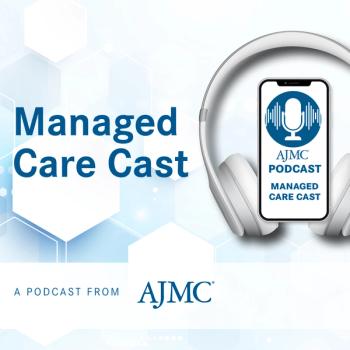
Dr Niteesh Choudhry Explains the Impact of HDHPs
When employers only offer high-deductible health plans, they reduce costs by reducing utilization. However, consumers reduce their use of essential as well as nonessential services, which is sub-optimal for their long-term health, explained Niteesh Choudhry, MD, PhD, associate professor of medicine at Harvard Medical School.
When employers only offer high-deductible health plans, they reduce costs by reducing utilization. However, consumers reduce their use of essential as well as nonessential services, which is sub-optimal for their long-term health, explained Niteesh Choudhry, MD, PhD, associate professor of medicine at Harvard Medical School.
Transcript (modified)
Some employers are making the move to only offer high-deductible health plans. What would be the impact of that?
We know a bunch of things about high-deductible health plans right now, and most of the literature comes from those high full-replacement kinds of plans where employers one day say “Okay, everybody’s being shifted to a higher-deductible product.”
So the first thing that we know is that they definitely reduce spending and so they do what they’re intended to do. They’re designed to save the employer’s money—the best estimates that we have is at about $500 per member per year is what they end up doing, so that’s successful. They do that by reducing utilization more than anything else, so they reduce the use of all kinds of services: medications, radiology, emergency rooms, office visits, and so on.
The positive side, again the reduction in cost, is really a facet of reduction in utilization. On the negative side, what we know is that the reduction in utilization is both for services that we would call “low value,” or less essential or nonessential, as well as for services that appear to be essential. And so people end up making choices that are sub-optimal for at least their long-term health, or perhaps even their short-term pain or suffering, because of the nature of the benefit design.
The benefit design, as they’re intended to do, means that more people are put at risk for short-term costs and financial burden, and the literature we have says that people actually struggle a little bit more when they’re on these plans as compared to traditional plans.
Newsletter
Stay ahead of policy, cost, and value—subscribe to AJMC for expert insights at the intersection of clinical care and health economics.








